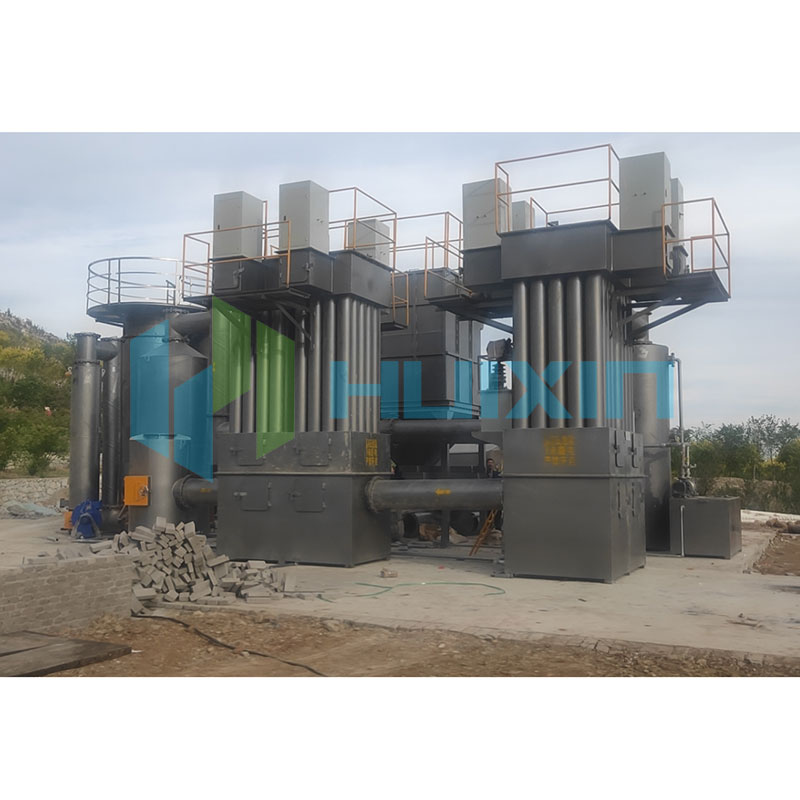How Can Waste Incinerator Control Dioxin Production?
2023-10-17
Waste Incinerator is now a very good way to deal with garbage, to prevent the pollution of land and decay of all kinds of bacteria, causing air pollution and great harm to the human body. Although waste incineration is a good treatment method, it will produce dioxins in the process of incineration. If too much dioxins are absorbed, it will have strong carcinogenicity. Therefore, at the same time of waste incineration, attention will also be paid to the control of dioxin products and treatment. So what can be controlled? Here are some ways:
Improve combustion conditions in furnace
Different combustion conditions in the Waste Incinerator will affect the amount of PCDD/F, including combustion temperature, residence time, disturbance between oxygen and waste, waste pre-treatment, fuel supplement, oxygen supply, etc. Among them, temperature, residence time and turbulence are called "3T", which are the key factors to control PCDD/F quantity in Waste Incinerator. A common process management measure used today is the "3T" principle. It is generally believed that PCDD/F in fuel can be destroyed when the temperature is higher than 850℃. However, if the particulate carbonaceous material is required to be completely burned, the temperature in the furnace needs to reach more than 1000℃. At the same time, it is necessary to ensure a certain residence time. At 1000℃, the residence time of gas in the furnace should exceed 1s; At 850 degrees Celsius, it's more than 2s. In addition, turbulence needs to be created in the combustion chamber so that the air and fuel can be mixed evenly to further ensure complete combustion. The recommended Reynolds number for turbulence is more than 10,000
Control of temperature and time in the post combustion area
The selection of Waste Incinerator in line with our standards, our company's Waste Incinerator quality assurance, please rest assured that use. Control the combustion temperature to ensure that the residence time of the flue gas is not less than 2 seconds in the combustion chamber where the temperature reaches 850℃ or above, so that the secondary combustion gas forms a swirl, so that the combustion is more complete and full, and the dioxins can be fully decomposed. When the flue gas temperature range of 300 ℃ ~ 500 ℃, a small amount of decomposed of dioxins will regenerate, therefore, the design considerations to minimize cross-sectional area at the end of the waste heat boiler, the flue gas flow rate increased, the exhaust gas temperature rapidly cooled to below 260 ℃, from high to low temperatures to reduce flue gas residence time of the process, in order to reduce the generating dioxins.
Activated carbon assisted
An activated carbon lead-in device can be arranged in the flue of the flue gas purification system to absorb dioxins. At the same time, dioxins are treated in the medium. When the bag dust collector is used, when the flue gas passes through the filter layer formed by particulate matter, the trace dioxins remaining in the dust gas can still be filtered and adsorbed by the powder layer composed of unreacted activated carbon powder in the filter layer to be further purified. The above is a summary of several ways to reduce dioxins.
For incineration manufacturers, we must pay attention to air pollution measures.



